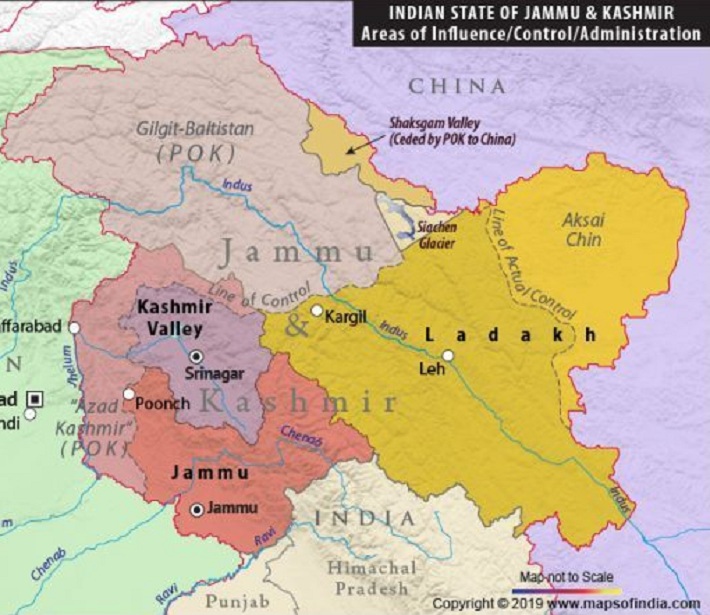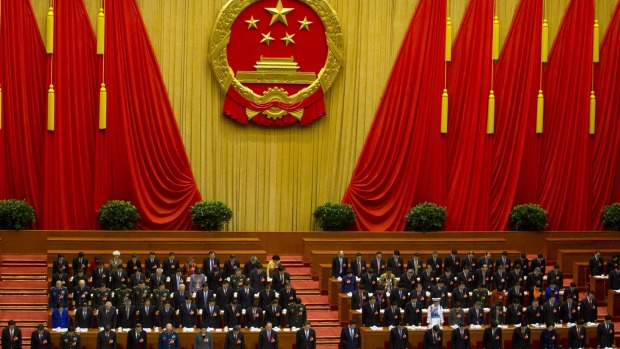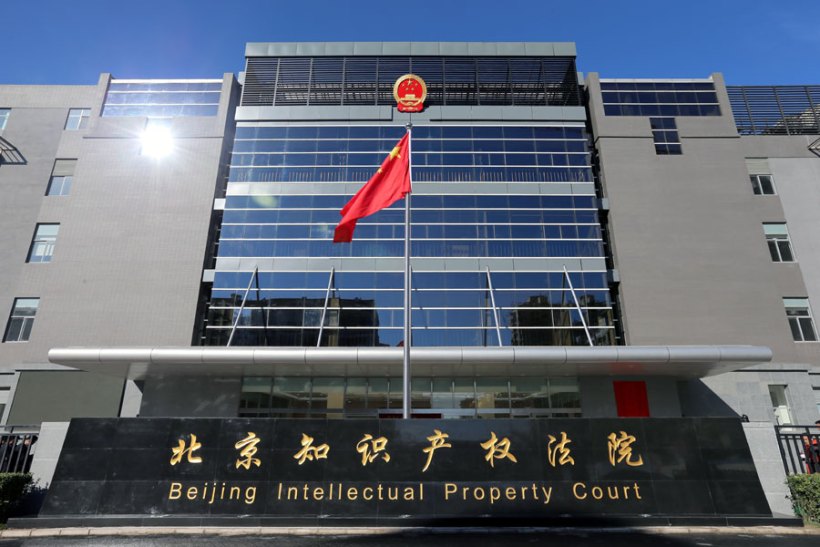Adveetya Kachiar, Research Assistant, Institute of Chinese Studies

Image Source: Wall Street Journal
Article 19 of the Universal Declaration of Human Rights protects the right to freedom of speech and expression, including the freedom to hold opinions without interference. The right is protected under many treatises such as the International Covenant on Civil and Political Rights, and ratified by an overwhelming majority of the countries, making it an international norm. In an emerging trend, China is increasingly leveraging its vast consumer market, especially the recent technological advancements in the areas of 5G and AI, to force businesses and states either to co-opt with its worldview or lose out of the race. The censorship model within China is well-known: by managing the discourse and curbing the flow of information, the party ensures its survival and maintains its hold over the system, which is to say, the CCP decides on what can and cannot be talked about in the country. However, the expansion of this model outside China is rather new. Under its global campaign of telling ‘the Chinese story well’, the party-state has increased its efforts to control the narrative of its perceptions outside its borders. The censorship model working at various levels targets businesses, states, academia, and cultural spaces, whose views are not in line with the state’s discourse.
In October 2019, Daryl Morey, the General Manager of Houston Rockets of the National Basketball Association (NBA) tweeted an image supporting the ongoing protests in Hong Kong, causing a huge outrage on social media platforms like Weibo. The tweet almost jeopardized the $500 million market that NBA is trying to establish in the country. Following a major backlash from the Chinese media and nationalists, both CCTV, NBA’s broadcasting partner and Tencent, its streaming partner, canceled the broadcast of the pre-seasons game. Consequentially, the NBA gave a statement apologizing to the Chinese people for hurting their sentiments and expressing the respect for the sovereignty and territorial integrity of China.
In their apologies, companies and people such as Daimler, owner of Mercedes, have ended up using the phrase ‘hurting the sentiments of the Chinese people’. It is important to understand that the backlash does not come mainly for the government but also from the Chinese people on social media who see themselves as victims of ‘centuries of humiliation’ by the outside forces. Florian Schneider describes ‘National humiliation’ as the underlying idea around which most of the social media outrage/debate is taking place in the country. The Chinese government then benefitting from this nationalism can continue to have relations with states or businesses, but on its own terms. Due to the asymmetry of information in China, where the government has most of the control over information flow, the businesses are constrained to show their side of the story or reach out to the Chinese public.
Dreading the backlash, corporations and people are now apprehensive about voicing their opinions. Even on American soil, the fear of losing access to the Chinese market and the related risk of financial loss, forces people to stay silent, thereby, do self-censorship. Major movie-making giants, such as Disney, have chosen to accommodate Chinese demands such as removing the Tibetan origins of the character ‘Ancient One’ from their movie Doctor Strange, in return of access to the world’s second largest economy. Even in Academia, according to interviews with professors, students and administrators, many graduates had admitted to self-censorship and choosing not to be overly-political that might threaten their ability to get a visa to China. Samantha Hoffmann argues that, if businesses continue to adhere to the Chinese demands, self-censorship would ultimately become a mechanical decision by the companies, creating a new international norm, threatening the sovereignty of other nations and challenging the values on which the liberal world order operates. This self-censorship would leave no room for a dialogue or interaction to take place over contested issues if people and states choose not to voice their opinions.
Increasingly, many nation-states are also adopting the norm of self-censorship. This trend is especially visible in the EU-member states, avowed proponents of liberal values such as democracy, human rights, freedom of expression and the rule of law. States are now willing to make concessions to the Chinese government either because of fear or to curry favor. The normalization of relation between China and Norway in 2016 is one such example, where Norway, distanced itself from the Chinese political activist Liu Xiaobo after he was awarded the Nobel Peace Prize in 2010 resulting in freezing of the relations. Ever since then, Norway has tried to mend its relations with China by helping it gain observer status in the Arctic Council, and also refusing to meet the Dalai Lama in 2014. According to a report by the European Think-Tank Network on China, a trend is emerging in Europe where states are downgrading the emphasis on political values while dealing with China.
However, there has been a pushback against the Chinese campaign, for example, Sweden rejecting the threats from China after awarding a freedom of speech prize to the Chinese-Swedish scholar, Gui Minhai, and Google terminating its Dragonfly project, a prototype censored search engine which could be used to monitor people’s behavior online. However, such options are not available to smaller powers that are much more dependent on China. State and corporations have to choose between their commitment to the values of freedom of expression or taking the path of least resistance. One must realize that China has risen in an environment of unprecedented levels of interconnectedness and interdependence, and that it is not only the world that needs China, but China also needs the world.







